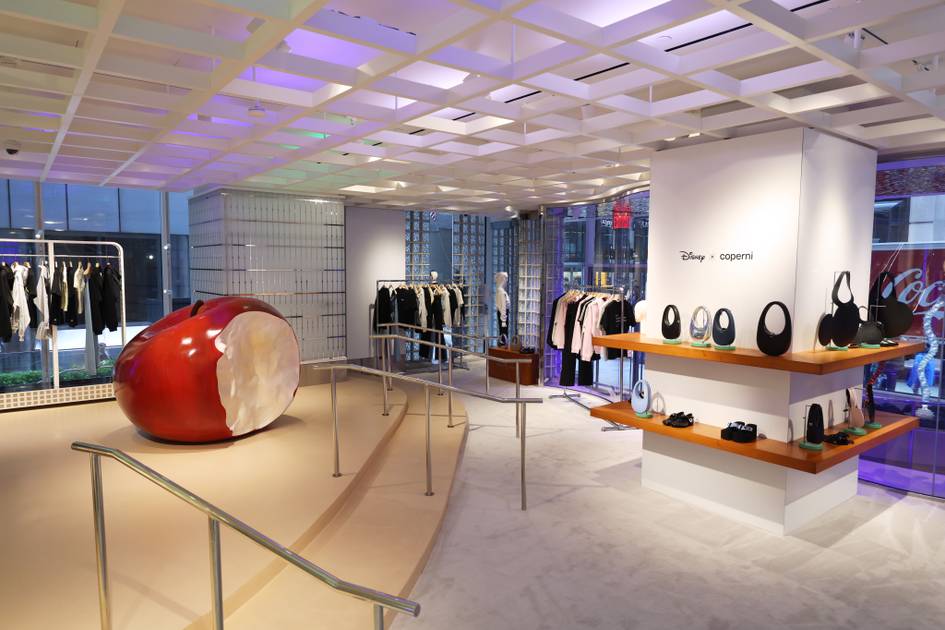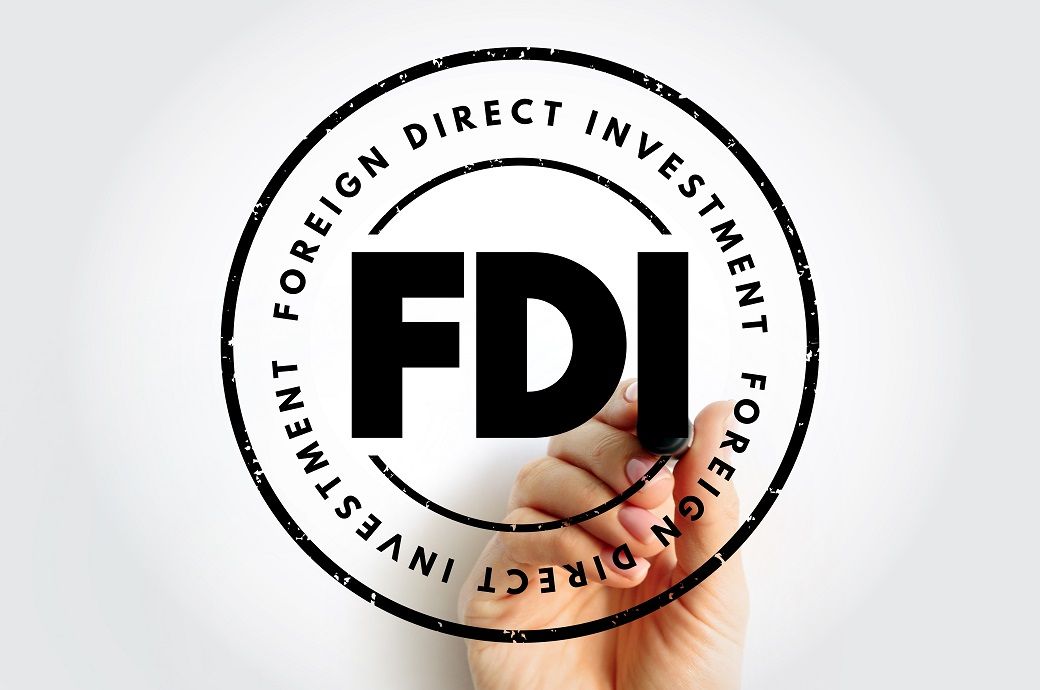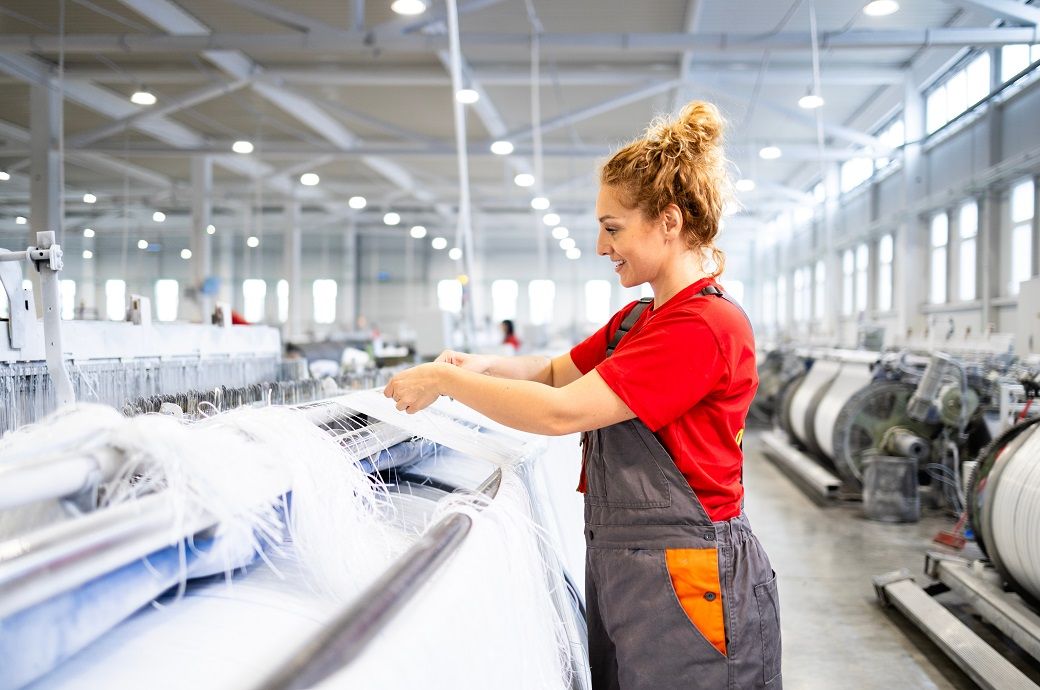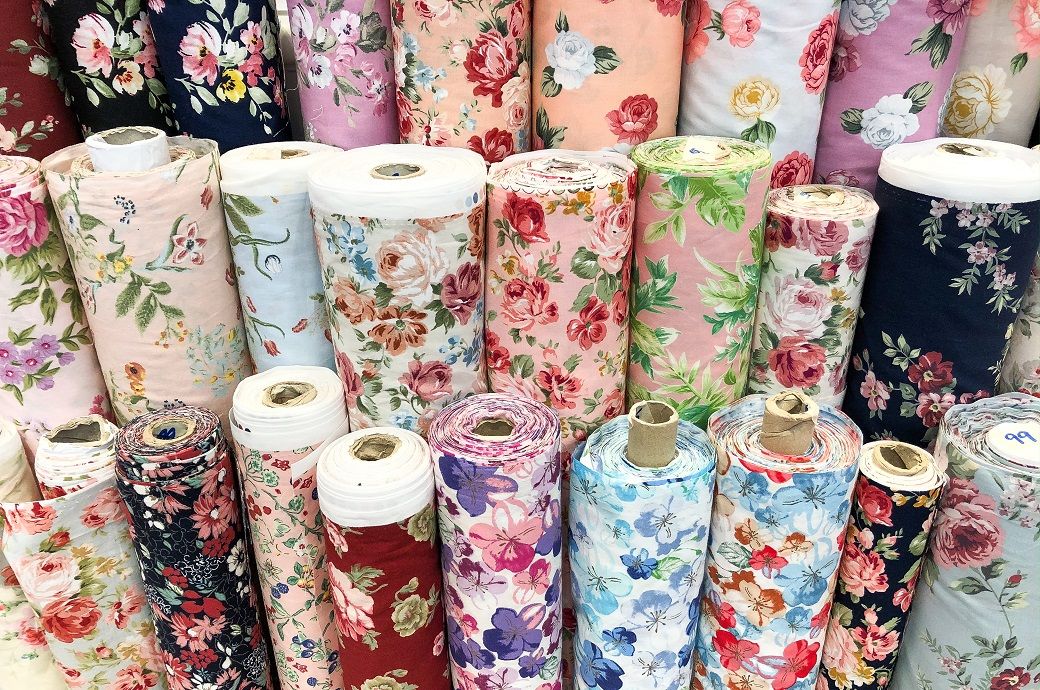Is Local Wood the Key to Terroir? Some American Winemakers Say ‘Yes’
Winemakers in Texas and other parts of the U.S. are turning to barrels made from local wood to convey terroir. [...] Read More... The post Is Local Wood the Key to Terroir? Some American Winemakers Say ‘Yes’ appeared first on Wine Enthusiast.
Dr. Bob Young, owner of Bending Branch Winery in the Texas Hill Country, has been preoccupied by the idea of Texas terroir for more than six years. Specifically, he’s observed the proliferation of white oaks in East Texas and wondered how the wood could impact local wine.
“In France, historically, terroir integrates with oak,” says Young. “Why not the same for Texas?”
Young’s quest to convey terroir in Texas white oak-aged wines led him to a family-owned sawmill in “deep East Texas” that harvests and ages white oak. Then, Young had Napa-based Oak Solutions Group fashion the seasoned boards into staves and chains (the latter are dipped in neutral barrels) and toasted them for trials by grape variety and vintage.

The results have been rewarding. The first three releases of Texas white oak-aged wines, a red blend and single-varietal Petit Verdot and Tannat, are structured, expressive and even assertive; each has earned medals at the 2025 San Francisco Chronicle Wine Competition. Flavors balance dark fruit and dessert-like characteristics, with vanilla, soft caramel, chocolate, cherry cordial and baking spices.
“The project takes us the next step forward in the wine world as a state and is unique to our terroir and flavor profiles,” says Young, “as something special to Texas.”
Young is not alone. Across the United States, a small but growing cohort of winemakers are increasingly turning their eyes toward locally-sourced wood as a means to better express terroir.
The History of Aging Wine in Local Oak
Young’s pursuit began with his interest in historic aging vessels crafted from local wood—a tradition that goes back thousands of years.
For example, at Tenuta di Capezzana, an estate winery just west of Florence in the Carmignano DOCG, grapevines have been cultivated for wine production for more than 3,000 years. The surrounding Montalbano region is covered in chestnut trees, which are used for barrels.
“Chestnut has been used for a long time, and brings a note of a bitter almond together with a dried fig, typical of our Vin Santo,” says winemaker Benedetta Contini Bonacossi.
Nearby in Greve in Chianti, Castello di Verrazzano’s collaboration with the University of Florence a decade ago led to local chestnut from Chianti Classico forests becoming a defining component in its single-vineyard Chianti Classico Gran Selezione Valdonica. Chestnut establishes “a balsamic and resinous note,” says family ambassador Maria Sole Cappellini.
Denis Blée, head of viticulture and winemaking at Champagne Billecart-Salmon, believes that intentionality with terroir also means blending woods from different forests, regions and soils.

This is the approach at Château Lagrange in Bordeaux’s Saint-Julien appellation, where winemaker Matthieu Bordes trials cuvées in wood from forests renowned for fine French oak to enhance complexity.
Bordes adds that in blind tastings of the same blend aged in different barrels, the specific contributions of each cooper—in terms of structure, aromas and density on the palate—are unmistakable. Locally, the château works closely with Tonnellerie Berger (“tonnellerie” means cooperage) to calibrate barrel toasting to the particularities of the vintage.
Querciabella’s winemaker Manfred Ing oversees similar experiments in Chianti, trial-fermenting as many as 60 to 70 single-varietal or single-village wines per vintage, in small and large barrels sourced from Italy, Burgundy, Bordeaux, Austria and Germany.
Drying time—exposure to rainfall, wind, sunlight and the yeasts—as well as a cooper’s style, are very influential. A second barrel toasting, called bousinage, helps draw out fruit flavors, sweetness, smoky notes, minerality and citrus.
“After more than twenty years working with select coopers, we can often identify the cooper in blind tastings,” says Blée.
Beyond Texas, More American Oak Projects
Back in the U.S., Andrew Baker, co-owner of Old Westminster Winery in Maryland, spearheaded a conservation project at sister winery Burnt Hill Farm, a hillside estate with many historic hardwood trees.
“Because of the invasive emerald ash borer, the ash trees are going extinct,” says Baker, who reached out to Missouri-based Foeder Crafters of America to design a custom barrel from removed ash and oak trees in 2018. Ash reflects the farm’s microbial diversity, contributing “delicate hints of organic matter like mushroom and soil, and a soft texture that reflects the wood’s natural qualities and microorganisms,” says winemaker and co-owner Lisa Hinton.

Baker next envisions harvesting estate black cherry, elm and mid-Atlantic hickory to build aging vessels that further reflect the hillside’s terroir.
This project encouraged Ben and Tim Jordan, founders of Midland winery and Commonwealth Crush in Virginia’s Shenandoah Valley, to upcycle ash and oak trees also impacted by wood bore. Midland is a small production winery making still and sparkling wines from Riesling, Cabernet Franc, Blaufrankisch and hybrids.
Ben Jordan commissioned a 1,000-liter oval cask and a 500-liter barrel, which, like American oak barrels, expresses some tropical notes. Flavors can be pronounced, so Jordan plans to trial wines fermented in the custom vessel as a small component within blends initially, gradually integrating the barrel into its production in the future as its flavors mellow.
Putting the ‘Texas’ in Texas White Oak Barrels
Down in Texas, Greg Standard is the founder of a new Texas Hill Country cooperage that blends and toasts woods from the Lone Star and nearby states. All American white oaks, including those from East Texas, are predominantly the genus and species Quercus alba, says Standard. New French oak is predominantly Quercus robur, a softer, faster-growing oak that holds more moisture.
“Even with trees that share the same genus though, every region has its nuances,” says Standard—qualities that are drawn out by toasting, steam bending, hot water rinsing and post-toast sanding.

In seeking a producer to craft wines from his grapes, Standard connected with Young. Now, he says, “Bob has proven what I was going to have to eventually—that Texas oak barrels make good wine. I’ve promised him the first Texas oak barrels off the production line in October.”
More Texas Wine Coverage
- Planning a trip? These are the best wineries to visit in Texas right now.
- Read about the remote mecca near Marfa that’s become Texas’s latest wine destination.
- Why Texas High Plains’ wine country should absolutely be on your radar.
- Blanc du Bois is beloved by Texas winemakers—and you’ll love it, too.

From the Shop
A Moment of Zen
Wine Enthusiast’s Art Series Decanters bring sophisticated style to wine decanting and can double as a centerpiece.
The post Is Local Wood the Key to Terroir? Some American Winemakers Say ‘Yes’ appeared first on Wine Enthusiast.














































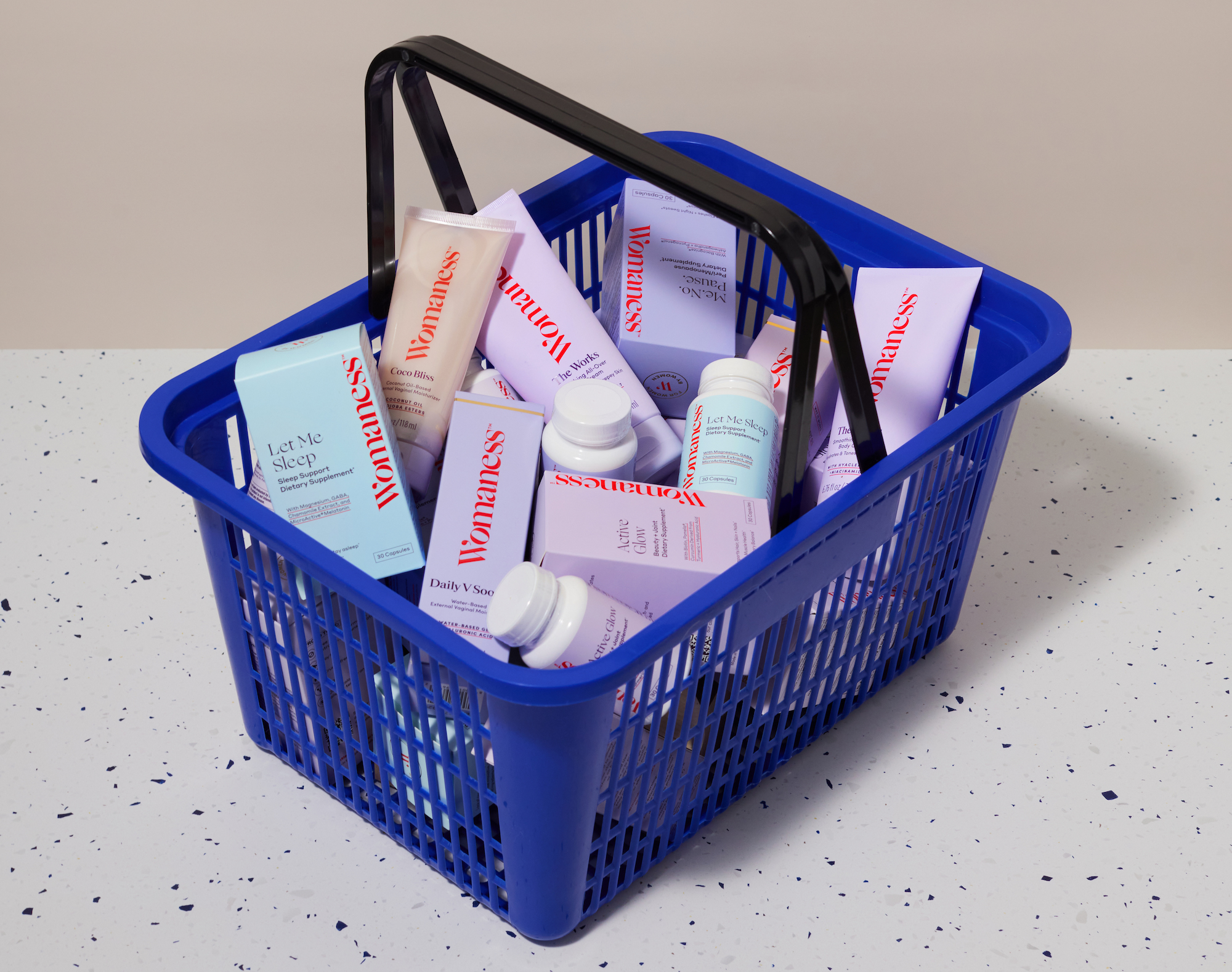
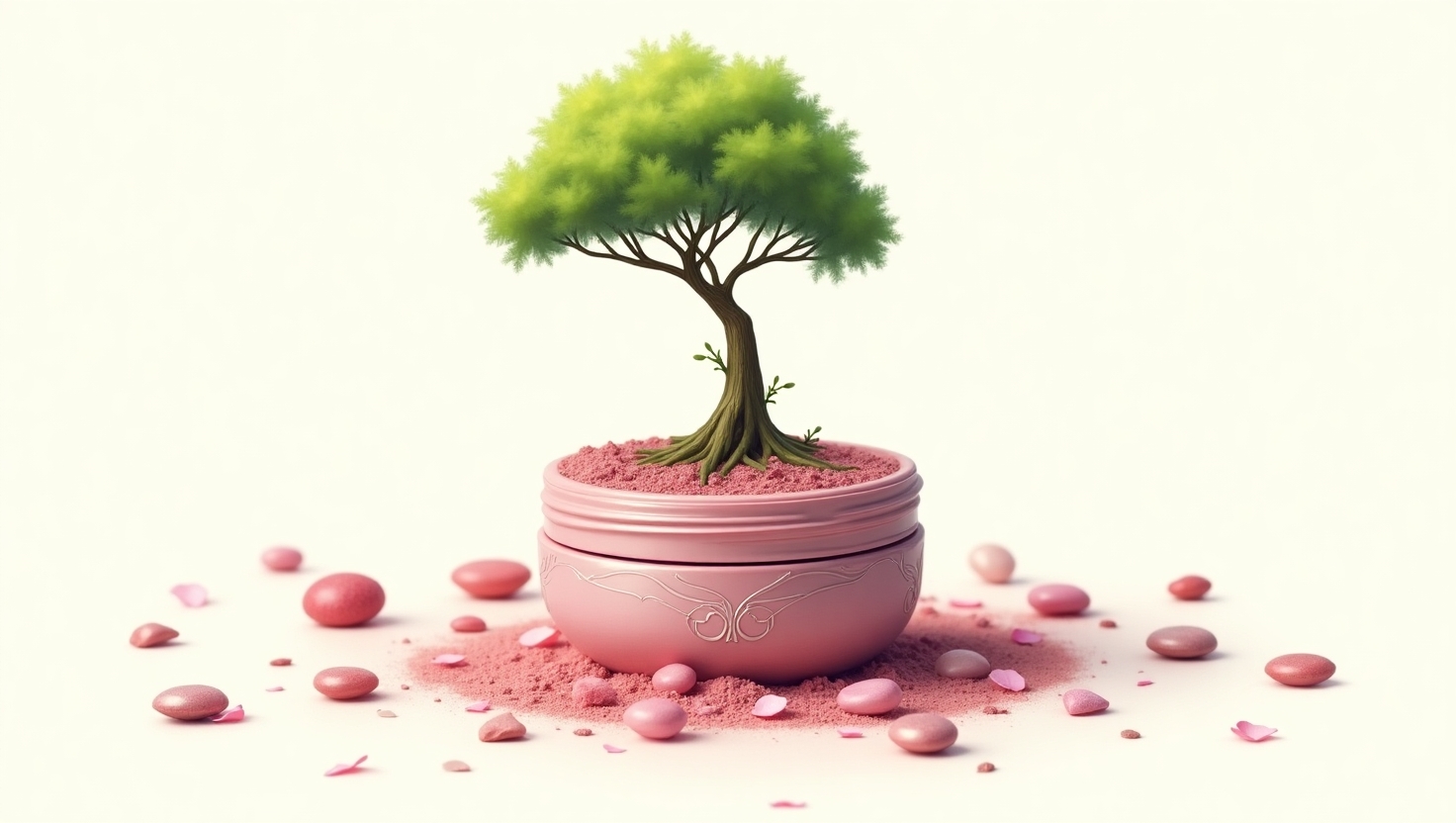


















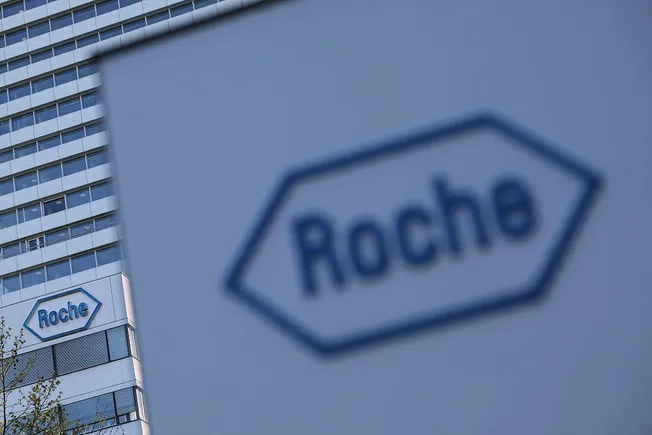
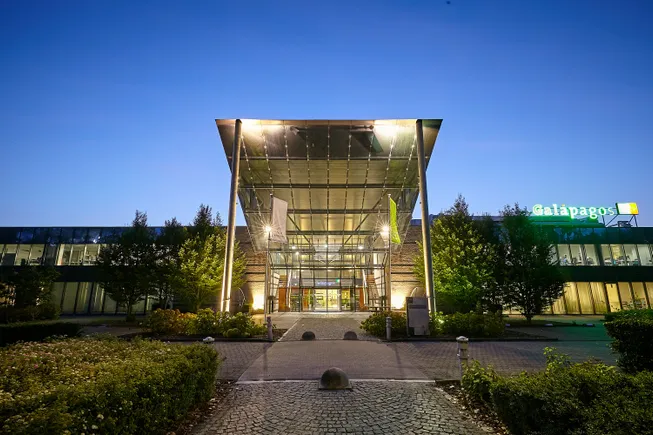





































































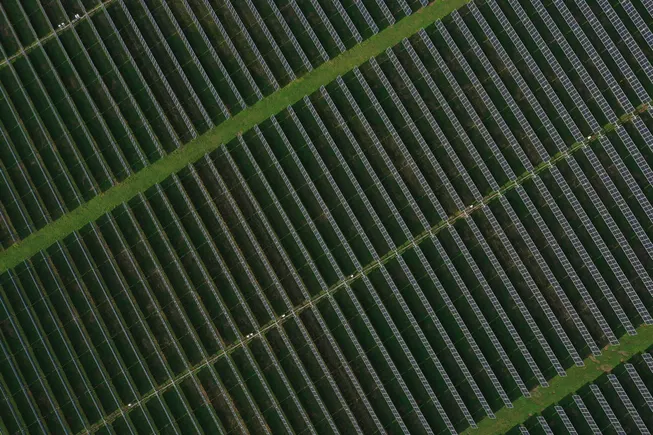


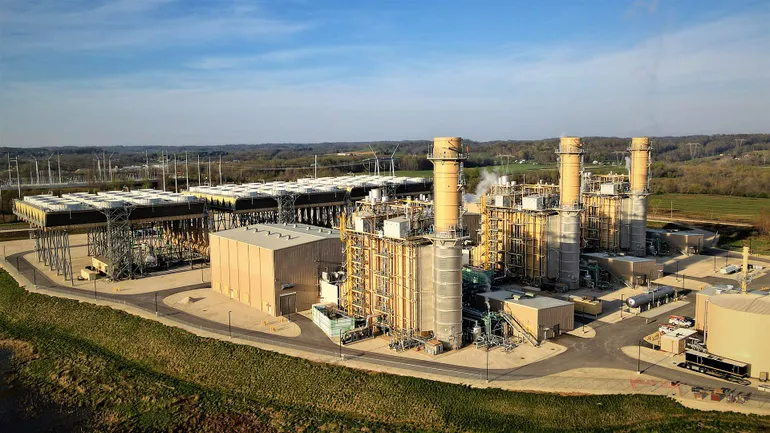


.jpg)





